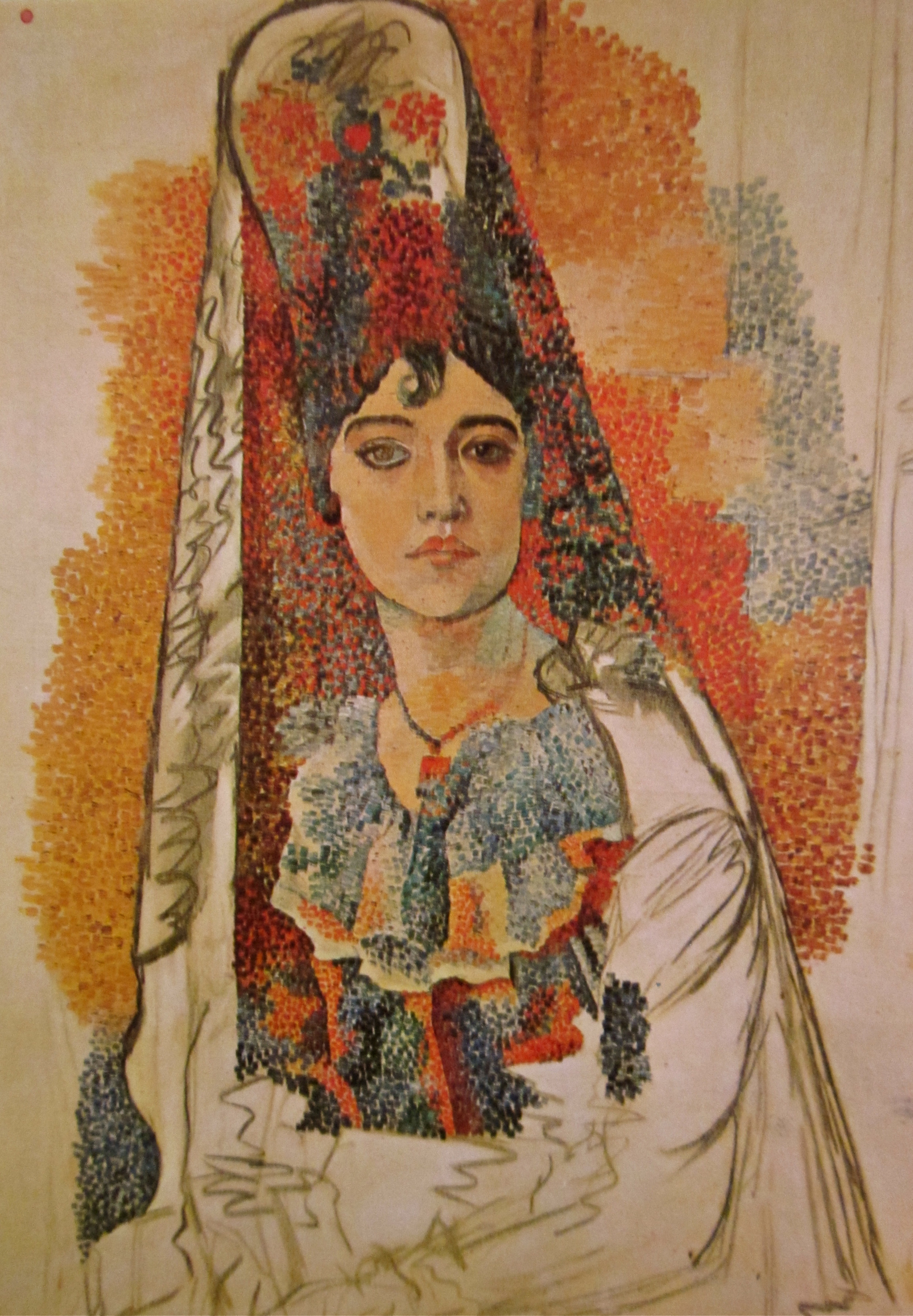In 1505, Michelangelo was commissioned by Pope Julius II to design his huge, free-standing tomb. The artist went straight to work, traveling to the marble quarries of Carrara — in central Italy — to hand select the pieces that he would use to create statues for the tomb.
Choosing the stone for his sculptures was very important to the artist because he envisioned the statue as already existing within the marble.
He saw it as his job to set the statue free.
In 1506, work on the tomb was put on hold when Julius insisted that Michelangelo work on painting the Sistine Chapel instead, and started diverting funds, meant for the tomb, to building St Peter’s.
At the time of the Pope’s death in 1513, the tomb was still unfinished and was never completed to the original specifications
There were over 40 statues planned for the original tomb, and 16 of them were meant to be slaves. The meaning behind the slaves is unknown, but scholars speculate that they may have represented captured enemies, captured territories, or the liberal arts.
Though Michelangelo continued to work on them over the years, out of the planned 16 statues, only 2 were almost completed, while 4 exist in various stages of completion.
The two completed slaves have a home in the Louvre in Paris, while the unfinished keep the David — also by Michelangelo — company in the Galleria dell’ Academia in Florence. What makes these unfinished pieces so interesting is that they give us a rare look at how the artist worked. They are essentially 3-D sketches, where all mistakes and the artist’s process are exposed.
You can see what the artist meant when he said it was his job to ‘set the sculptures free’, as the forms seem to be trying to pull themselves out of the stone with their torso’s straining and muscles bulging. Despite a lack of finished detail, the works command a sense of mass and movement.
The time that Michelangelo lived in was ruled by the Catholic Church, which did not believe in regular autopsies or studying corpses for science. Therefore, there was very little known about human anatomy at the time (autopsies were not widely performed until the late 1600s).
It has been surmised that artists, like Michelangelo, used to sneak into morgues and look at the bodies, (sometimes even performing their own autopsies), in order to get a better understanding of how the muscular system looked under the surface.
Click here to see photos of the unfinished slaves.






